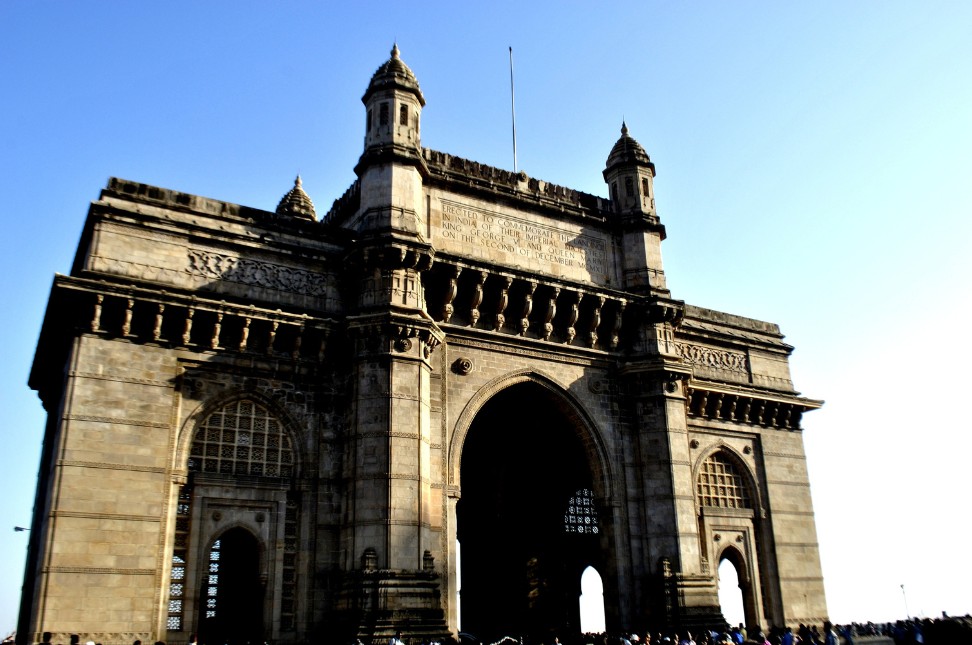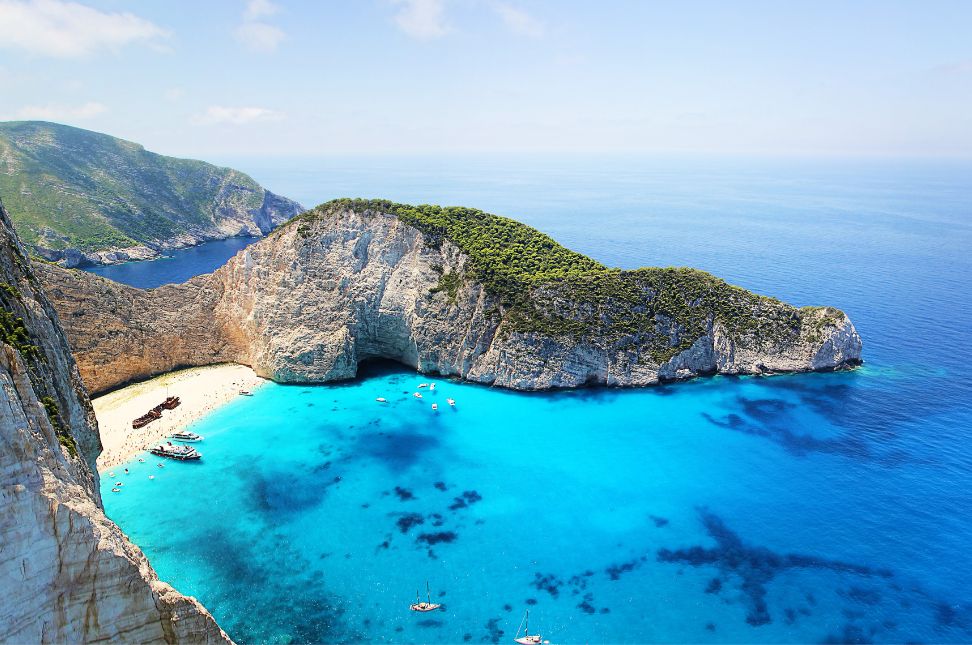Mumbai, often referred to as the “Gateway of India,” is a melting pot of cultures, traditions, and histories. The city’s rich and diverse Mumbai cultural heritage reflects its long history as a major port, colonial hub, and modern metropolis. From its ancient temples and vibrant markets to colonial-era architecture and thriving arts scene, Mumbai offers a unique blend of the old and the new. This article will explore the key aspects of Mumbai cultural heritage, highlighting the city’s most significant contributions to India’s cultural landscape.
1. Historical Landmarks
Mumbai’s history dates back several centuries, with its earliest settlers believed to be the Koli fishing community. The city was later colonized by the Portuguese and then the British, who left a lasting impact on its architecture and urban planning.
- Gateway of India: Built in 1924, the Gateway of India is one of the most iconic symbols of Mumbai cultural heritage. This grand archway was constructed to commemorate the visit of King George V and Queen Mary to India. The structure combines elements of Hindu, Muslim, and European architectural styles, reflecting Mumbai’s diverse cultural influences.
- Chhatrapati Shivaji Maharaj Terminus (CSMT): Originally named Victoria Terminus, this historic railway station is a UNESCO World Heritage Site. It is an excellent example of Victorian Gothic architecture, with intricate stone carvings, stained glass windows, and a blend of Indian and European design elements. CSMT stands as a testament to Mumbai’s colonial past and its role as a major hub of commerce and trade.
- Elephanta Caves: Located on Elephanta Island, the Elephanta Caves are a UNESCO World Heritage Site that dates back to the 5th to 8th centuries. These rock-cut caves are dedicated to Lord Shiva and are renowned for their intricate sculptures and carvings. The Elephanta Caves are a significant part of Mumbai cultural heritage, representing the city’s ancient Hindu traditions.
2. Religious and Spiritual Sites
Mumbai is home to a variety of religious and spiritual sites that reflect its diverse population.

- Siddhivinayak Temple: One of the most revered temples in Mumbai, Siddhivinayak is dedicated to Lord Ganesha. The temple attracts thousands of devotees daily and is a significant part of Mumbai cultural heritage. The temple’s architecture and spiritual ambiance make it a must-visit for both locals and tourists.
- Haji Ali Dargah: Situated on an islet off the coast of Worli, Haji Ali Dargah is a mosque and tomb dedicated to Pir Haji Ali Shah Bukhari, a wealthy merchant who became a Sufi saint. The dargah is an excellent example of Indo-Islamic architecture and is one of the most important religious sites in Mumbai.
- Mount Mary Church: Located in the Bandra neighborhood, Mount Mary Church is a Roman Catholic Basilica that is over a century old. The church is known for its annual feast, which attracts devotees from all over the city. The Mount Mary Fair, held during the feast, is a significant event in Mumbai cultural heritage.
3. Arts and Culture
Mumbai is the cultural capital of India, with a thriving arts scene that includes theater, music, dance, and film.
- Bollywood: Mumbai is the heart of the Indian film industry, commonly known as Bollywood. The city’s film studios produce hundreds of movies each year, making it one of the largest centers of film production in the world. Bollywood is a significant part of Mumbai cultural heritage, influencing fashion, music, and popular culture across India and beyond.
- Kala Ghoda Arts Festival: Held annually in the Kala Ghoda district, this festival is one of Mumbai’s most important cultural events. The festival features art exhibitions, performances, workshops, and street art, celebrating the city’s diverse cultural heritage. The Kala Ghoda Arts Festival is a vibrant expression of Mumbai cultural heritage, showcasing the city’s artistic talent and creativity.
- National Centre for the Performing Arts (NCPA): Located in the Nariman Point area, the NCPA is Mumbai’s premier cultural institution. It hosts a variety of performances, including classical music, dance, theater, and film screenings. The NCPA plays a crucial role in preserving and promoting Mumbai cultural heritage through its programs and events.
4. Cuisine
Mumbai’s culinary scene is a reflection of its diverse cultural influences, offering a wide range of flavors and dishes.
- Street Food: Mumbai is famous for its street food, which is an integral part of Mumbai cultural heritage. Some of the most popular street food items include vada pav (a spicy potato fritter sandwich), pav bhaji (a spicy vegetable curry served with bread), and bhel puri (a savory snack made with puffed rice, vegetables, and tamarind sauce). The city’s street food culture is a testament to its vibrant and bustling atmosphere.
- Parsi Cuisine: The Parsi community, originally from Persia, has made significant contributions to Mumbai’s culinary heritage. Parsi dishes like dhansak (a lentil-based curry) and patra ni machhi (fish wrapped in banana leaves and steamed) are popular in Mumbai and are an essential part of Mumbai cultural heritage.
- Mughlai Cuisine: Mumbai’s Mughlai cuisine, influenced by the Mughal Empire, is rich and flavorful. Dishes like biryani (a spiced rice dish with meat or vegetables), kebabs, and nihari (a slow-cooked stew) are staples of Mughlai cuisine in Mumbai.
5. Festivals and Celebrations
Mumbai’s festivals and celebrations are a reflection of its diverse population and cultural heritage.

- Ganesh Chaturthi: Ganesh Chaturthi is one of the most important festivals in Mumbai, dedicated to Lord Ganesha. The festival involves the installation of Ganesha idols in homes and public spaces, followed by prayers, music, and dance. The immersion of the idols in the Arabian Sea marks the end of the festival. Ganesh Chaturthi is a significant part of Mumbai cultural heritage, bringing the city together in celebration.
- Diwali: The festival of lights, Diwali, is celebrated with great enthusiasm in Mumbai. The city’s streets and homes are illuminated with lights and decorations, and people celebrate with fireworks, sweets, and prayers. Diwali is an integral part of Mumbai cultural heritage, reflecting the city’s vibrant spirit and diversity.
- Eid: Mumbai’s large Muslim population celebrates Eid with prayers, feasts, and charity. The city’s mosques are filled with worshippers, and the streets come alive with festivities. Eid is a significant festival in Mumbai, contributing to the city’s rich cultural heritage.
Conclusion

Mumbai is a city that embodies the essence of India’s diversity and cultural richness. From its historical landmarks and religious sites to its thriving arts scene and vibrant festivals, Mumbai cultural heritage is a reflection of the city’s unique blend of tradition and modernity. Whether you’re exploring its ancient temples, enjoying a Bollywood film, or savoring its diverse cuisine, Mumbai offers a cultural experience like no other. This guide has highlighted the key aspects of Mumbai cultural heritage, using short sentences and simple words to enhance SEO and cater to a global audience.




